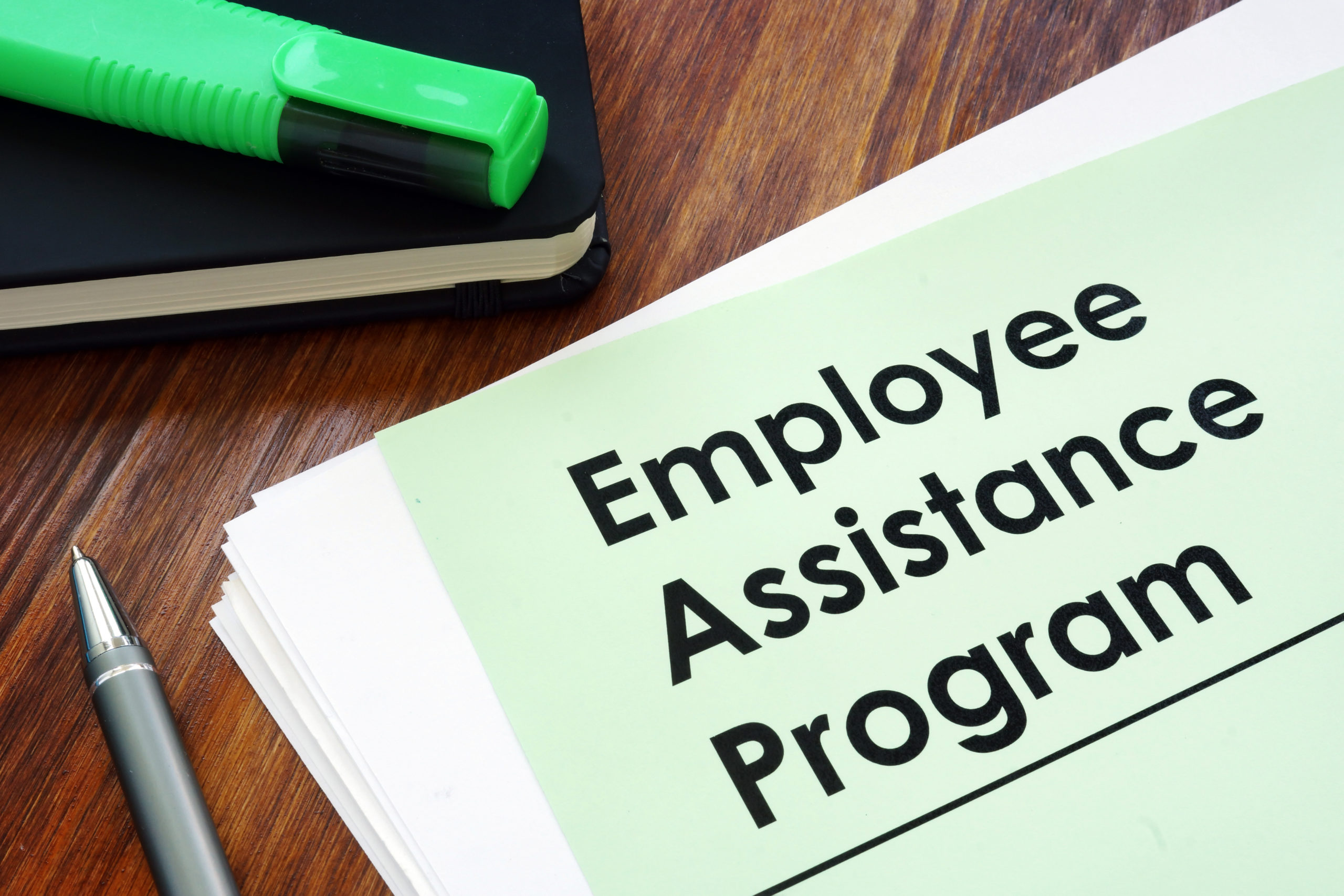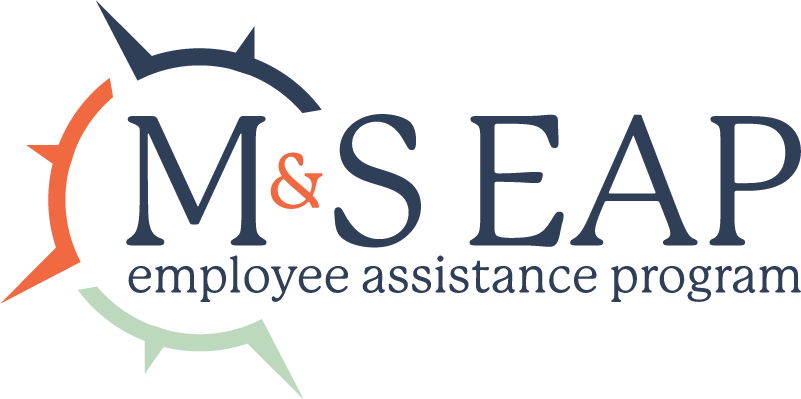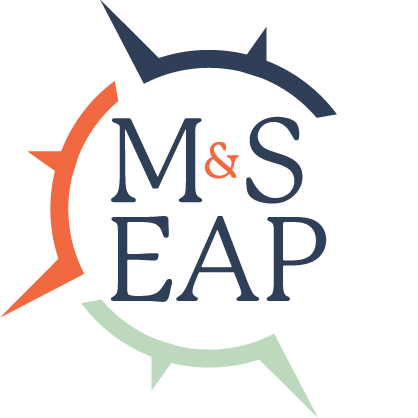Understanding an Employee Assistance Program

No matter the industry, virtually every successful business shares at least one common factor: corporate success or failure is tied to employee productivity. Employees are the lifeblood of a company, whether they’re advancing or compromising growth.
Given how important your employees are to your continued success, it’s no surprise that employers find new ways to satisfy them. From in-office soda fountains to complimentary snacks, paid phone plans and even unlimited PTO, companies are always looking for new ways to motivate employees, increasing satisfaction to increase productivity.
Then there are all of the deeper concerns that a business can’t solve on behalf of its employees. These issues include employee emotional issues, personal problems and all sorts of difficult situations that may require counseling or assistive therapy. For all of these work and non-work-related concerns, there are employee assistance programs.
Whether it’s a listening ear, stress therapy, ongoing coaching, substance use counseling or any other life-assistive service, an employee assistance program (EAP) helps employees address a wide range of potential issues even if they’re not related to the workplace.
How do employee assistance programs benefit employees?
As beneficial as employee assistance programs can be for employees, one question remains: why would employers pay for them?
Here’s the simple answer: a happy employee is a productive employee.
In fact, the U.S. Department of Labor reports that EAPs have been shown to help decrease:
- Employee absenteeism and sick leave: Your employees show up more frequently, at scheduled work times. In addition, employees take fewer sick days, thanks to positive effects that EAP programs can have on lasting health.
- Risk of employee accidents and litigation: Your employees experience fewer onsite accidents; fewer accident reports contribute directly to fewer workers’ comp claims and total litigation.
At the same time, U.S. Department of Labor statistics show that EAP programs can also help you increase:
- Total employee productivity: Your employees are more productive in the office when they take advantage of employee assistance programs. With less personal and workplace concerns, your employees can leverage a clear headspace for the benefit of your business.
- Overall employee retention: Your employees are more likely to remain with your company if they’re taking advantage of an EAP. With workplace and non-workplace issues addressed, these same employees are more likely to remain with an employer who demonstrates empathy for more than in-office performance.
- Collective employee wellness: Your employees enjoy increased overall wellness, as a direct result of participation in an employee assistance program. From behavioral and mental health wellness to ongoing financial or relationship problems, EAPs help employees transform stress into peace of mind, a benefit to wellness that imposes direct benefits on workplace performance.
As long as happy employees are productive employees, it’s in the best interest of any employer to consider an employee wellness program, to benefit both employee productivity and personal wellness.
What benefits are included in employee assistance programs?
Extending an employee assistance program to the members of your company is one of the main ways you can show them you care about more than sales figures or total productivity.
Depending on the specific type of employee assistance program you elect to run, you can help your employees deal with all sorts of sensitive situations in their personal lives. Traditionally, EAP programs focus on eliminating many of the heavy hitters when it comes to compromised productivity or quality of life. These issues include substance abuse, ongoing depression or anxiety, financial concerns, relationship problems and more.
Employees can exercise a wide range of options when it comes to partaking in employee assistance programs. From in-person or video-based counseling sessions to free and paid online resources and courses, EAPs are designed for consumption using platforms and methods that can accommodate employee preferences and personal schedules. Employees who value in-person therapy are encouraged to take advantage of company-sponsored sessions; conversely, employees who would prefer to consume substance abuse response materials can also do so from their own homes. An increase in employee productivity inevitably follows.
And that’s the beauty of an employee assistance program: if used the right way, it’s one of the best ways to show your employees that you care about more than bottom-line productivity.
If you’re looking to put these employee assistance program (EAP) benefits to use for your own business, we’d love to show you how easy it is! Get started today with Mazzitti & Sullivan EAP, helping your employees address and cope with difficult situations, for demonstrated increases in office productivity and well-being alike.
No matter how employee assistance programs are digested by employees, the intended goals are the same: replace employee stress and anxiety with peace of mind, while helping those same employees cope with and overcome any number of difficult situations. The result is a group of educated, focused employees eager to perform for an employer who demonstrates compassion for their collective well-being.



